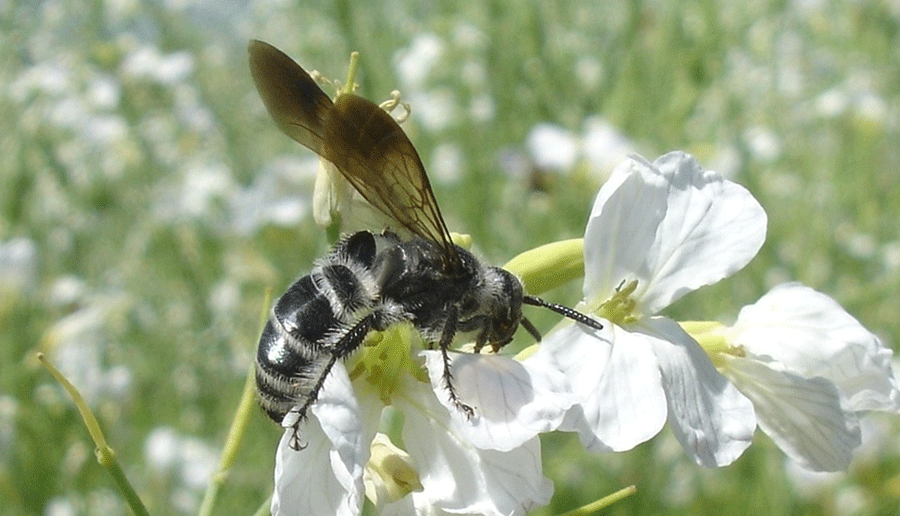The Indian Himalayan Region (IHR) is known for its spectacular landscape, rich forest cover and unique floral and faunal wealth. Nearly 50% of the flowering plants in India grow in the Himalaya, of which 30% are endemic to the region. There are over 816 tree species, about 675 wild edibles and over 1740 species of medicinal value. Known as the ‘Water Towers of Asia’, the Himalaya give rise to some of the major water systems on Earth.
(Source – Governance for Sustaining Himalayan Ecosystem (G-SHE), published by MoEFCC, GOI and GBPNIHESD).

In the Indian Himalayan Region, G.B. Pant National Institute of Himalayan Environment & Sustainable Development (GBPNIHESD) and Earthwatch Institute India have collaborated on scientific research and field conservation projects in Upper Beas Valley in Kullu District, Himachal Pradesh; Kosi and Khulgad Watersheds in Almora, Uttarakhand; and Mamlay Watershed in Sikkim.
Programme on forest ecosystem services with special emphasis on pollinators and associated flora.
Forest Ecosystem Services
Pollination and Agro-ecosystems
Biodiversity and Bee Flora


Programme on changing climate and possible impact on floral diversity, medicinal plants and ecosystem services.
Skill development workshops on apiculture practices and management of bee boxes.
